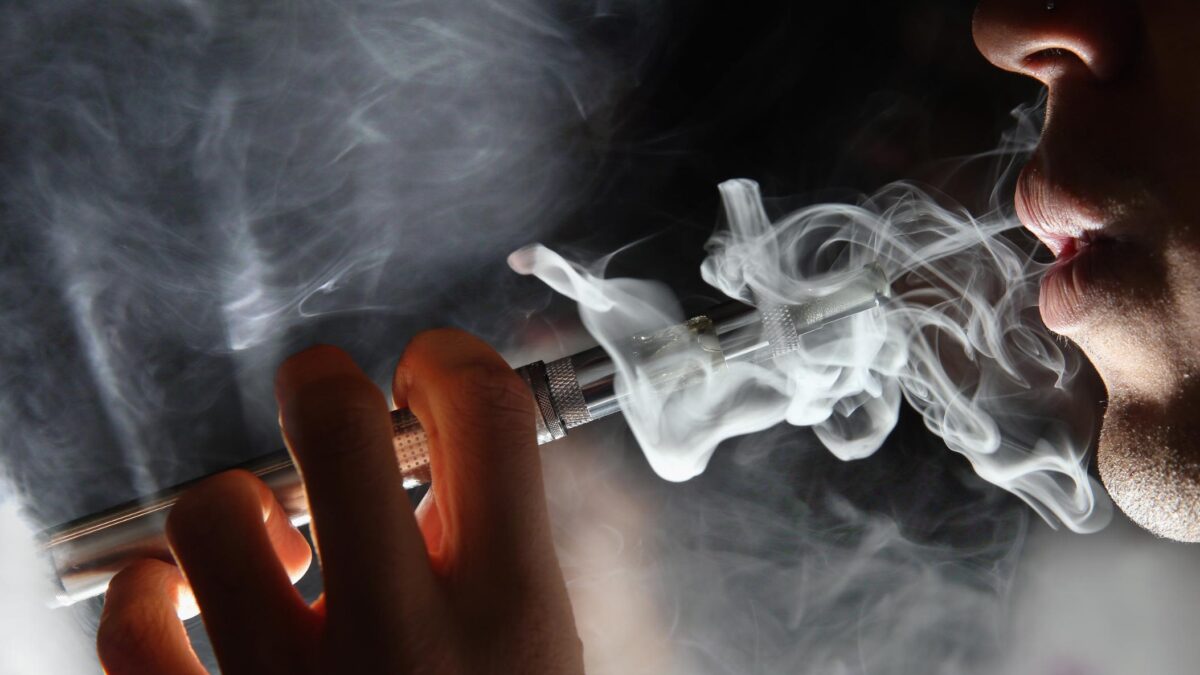
In recent years, the rise of Cake Disposables Vaps, particularly among young adults and teenagers, has ignited a debate about its impact on public health and safety. Vaping, the act of inhaling vaporized liquids through electronic devices, was initially marketed as a safer alternative to traditional smoking. However, mounting evidence suggests that the risks associated with vaping might not be as benign as once thought.
The allure of vaping lies in its wide range of flavors and sleek, inconspicuous devices that often resemble USB drives. This appeal has attracted a significant number of young individuals, who might perceive vaping as trendy and harmless. However, concerns are growing about the potential long-term health effects of inhaling the chemicals present in vaping liquids, commonly known as e-liquids.
One major concern is the presence of nicotine in e-liquids, which can lead to nicotine addiction among users. This is particularly alarming among adolescents, whose developing brains are more susceptible to addiction. Moreover, the lack of comprehensive regulation in the vaping industry has allowed for the production and distribution of products with varying levels of nicotine, making it difficult for users to gauge their intake accurately.
Another worrisome aspect of vaping is the surge in vaping-related lung injuries, often referred to as EVALI (E-cigarette or Vaping Product Use-Associated Lung Injury). Cases of EVALI have raised alarm bells among health officials, as symptoms can range from mild respiratory issues to severe lung damage, requiring hospitalization. While investigations have pointed to the role of vitamin E acetate in some cases, the complex interplay of other chemicals and additives in e-liquids raises questions about the overall safety of vaping products.